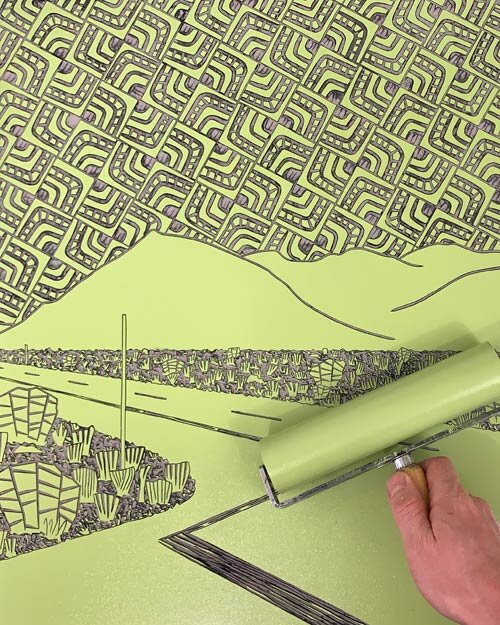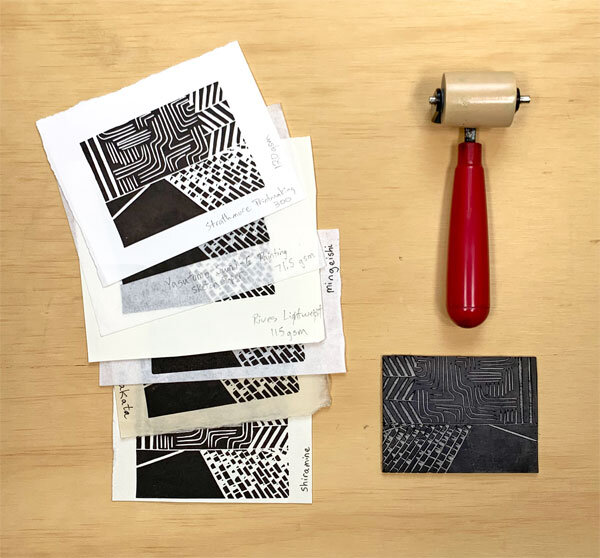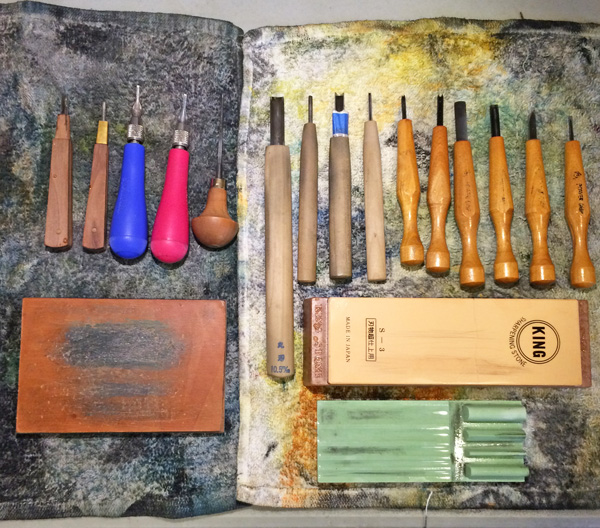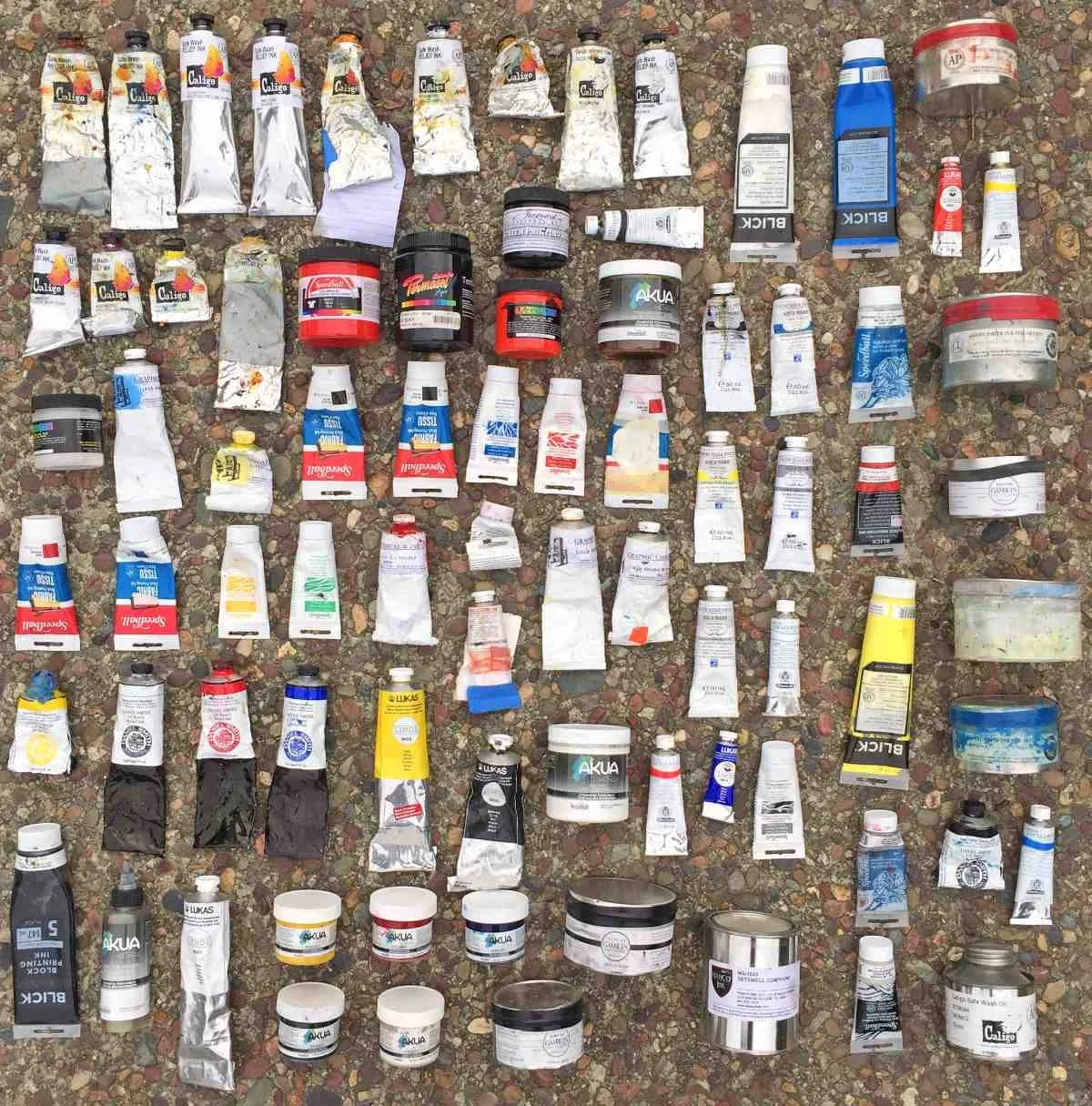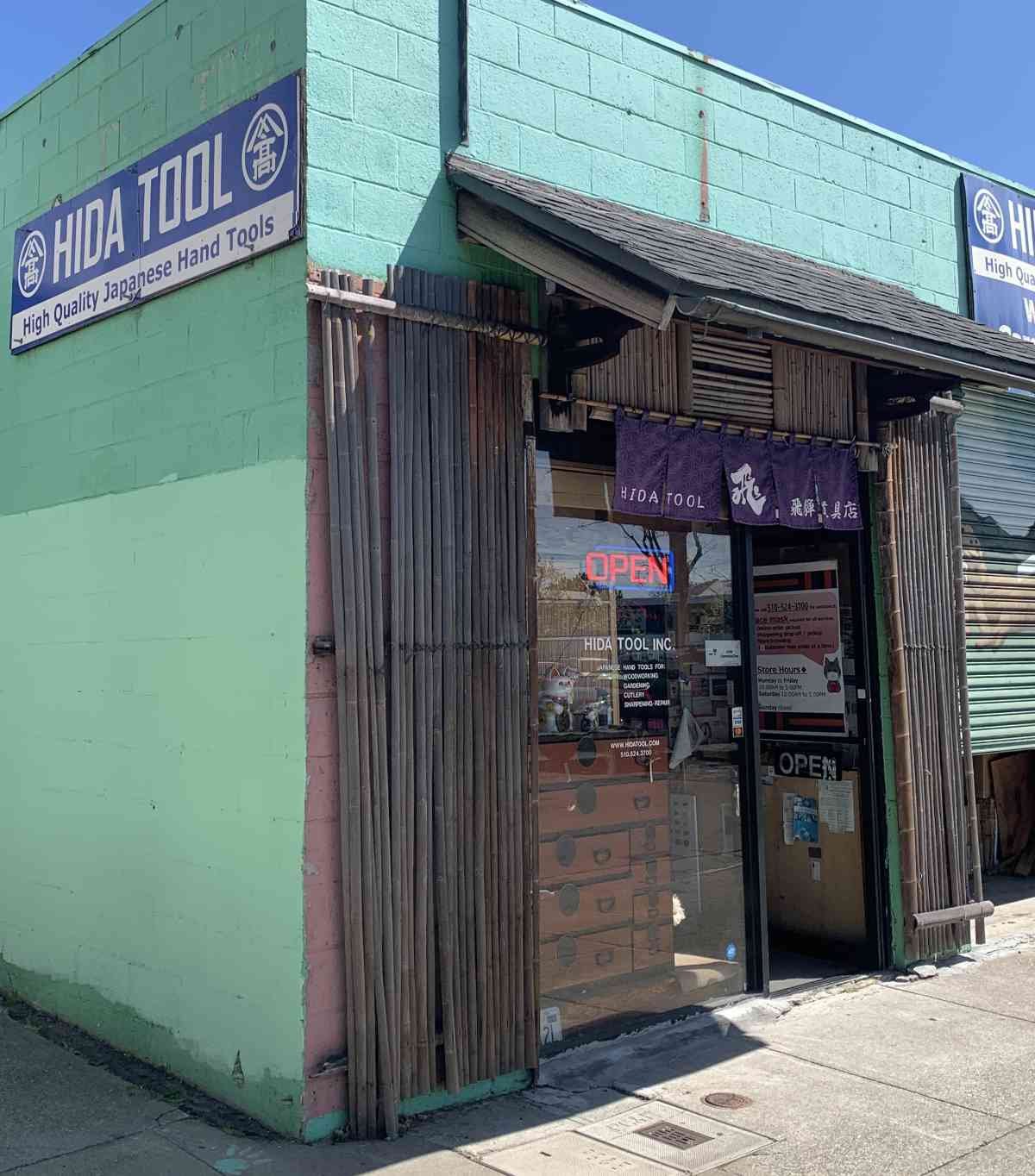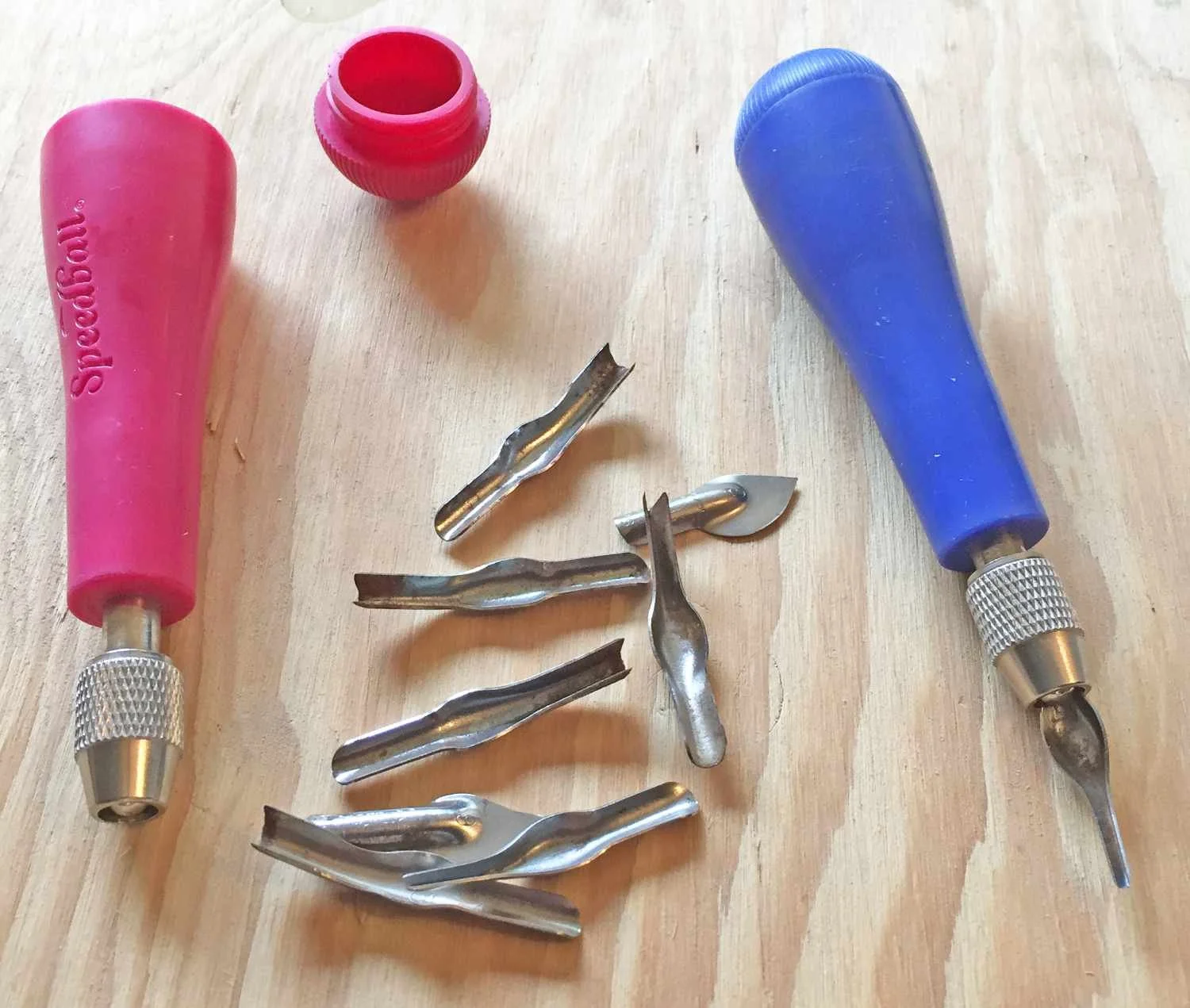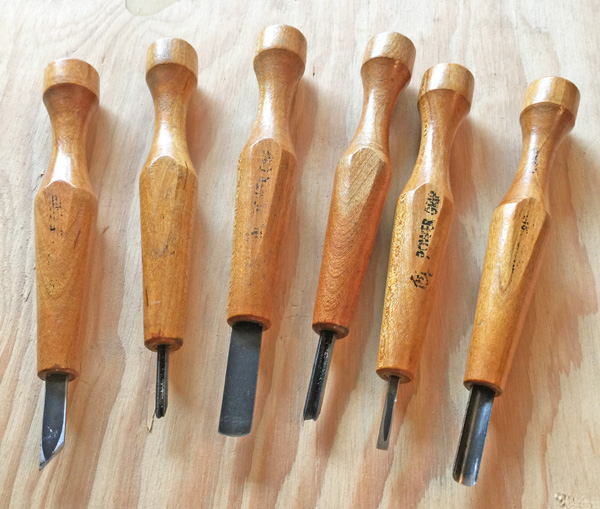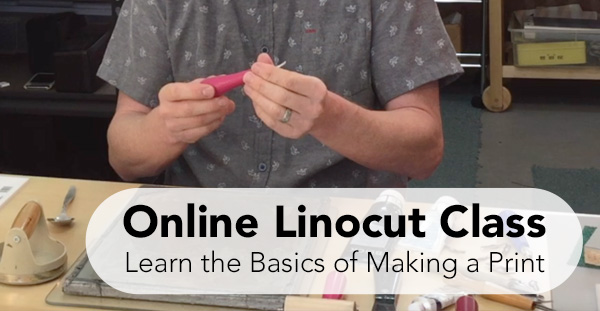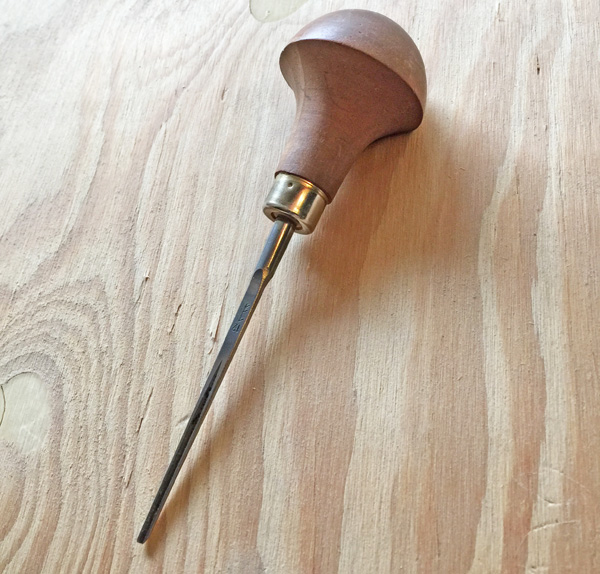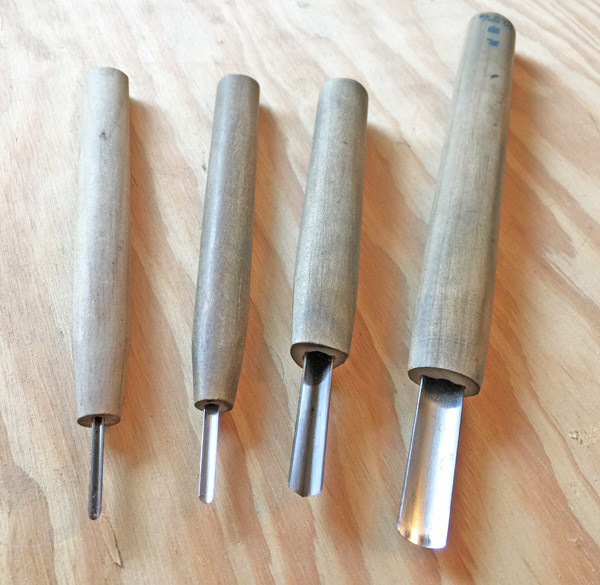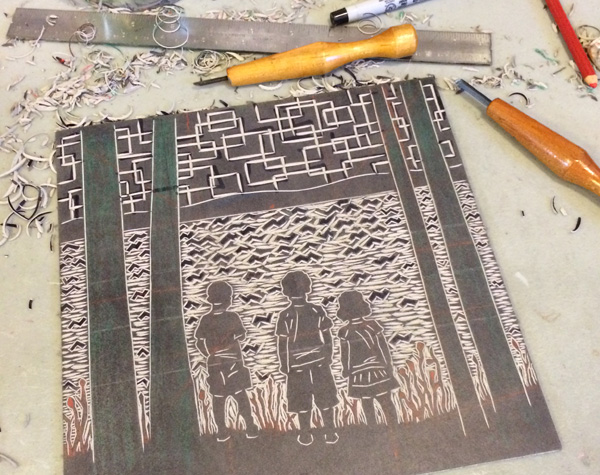A little shout-out for a local gem of a store that sells carving tools for woodblock and linocut printmaking, not to mention lots of other types of Japanese hand tools. The shop is called Hida Tool and it’s located on San Pablo Avenue in Berkeley, California. A long time ago, I bought some Power Grip carving tools there and I recently picked up a #1000 grit sharpening stone.
Hida Tool in Berkeley, California

